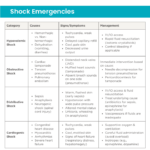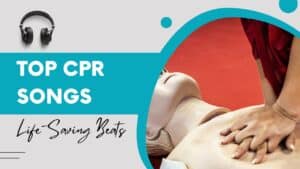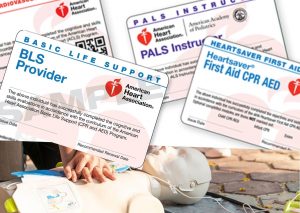Followers of this blog will note a subtle yet significant shift in the administering of CPR, away from mouth-to-mouth resuscitation and more towards a hands-only technique.
This is because, like other medical procedures, opinions on CPR effectiveness continue to evolve, as noted in a recent Newsweek article.
The science doesn’t lie. A study out of Sweden, for example, found no discernible difference in survival rate of those administered chest compressions versus a combination of compression and assisted breathing.
Furthermore, a study out of the University of Washington found that when CPR must be administered by a layperson, the chest compression-only approach works best. In fact, according to some surveys, close to 80 percent of lay people will try compression-only CPR if instructed, say, over the phone by a medical professional.
All of this data underscores the criticality of exploring on-site CPR training, especially in the compression-only technique. It is easy and it works.










